Printable Tracing Alphabet Letters Free Download
What are the benefits of tracing alphabet letters?
Tracing alphabet letters has several benefits. First, it helps improve hand-eye coordination and fine motor skills as children learn to control their hand movements while tracing the letters. Second, it aids in the development of letter recognition and formation, as they become familiar with the shape and structure of each letter. Third, tracing helps in the reinforcement of letter-sound correspondence and phonics skills, as children associate the letter with its sound. Additionally, tracing letters can also enhance cognitive skills, such as concentration and memory, as children engage in the process of tracing and recalling the sequence of letters.
How can tracing alphabet letters improve literacy skills?
Tracing alphabet letters can improve literacy skills by helping individuals develop letter recognition, proper letter formation, and overall handwriting skills. By tracing the letters, individuals can reinforce their understanding of the shape and structure of each letter. This, in turn, can enhance their ability to recognize and distinguish letters when reading. Additionally, the physical act of tracing allows individuals to practice the correct formation of each letter, improving their handwriting and making it easier for others to read their written work.
What materials are commonly used for tracing alphabet letters?
Some common materials used for tracing alphabet letters include tracing paper, transparent plastic sheets, magnetic letters, sandpaper letters, and writing apps or software that simulate letter tracing on electronic devices.




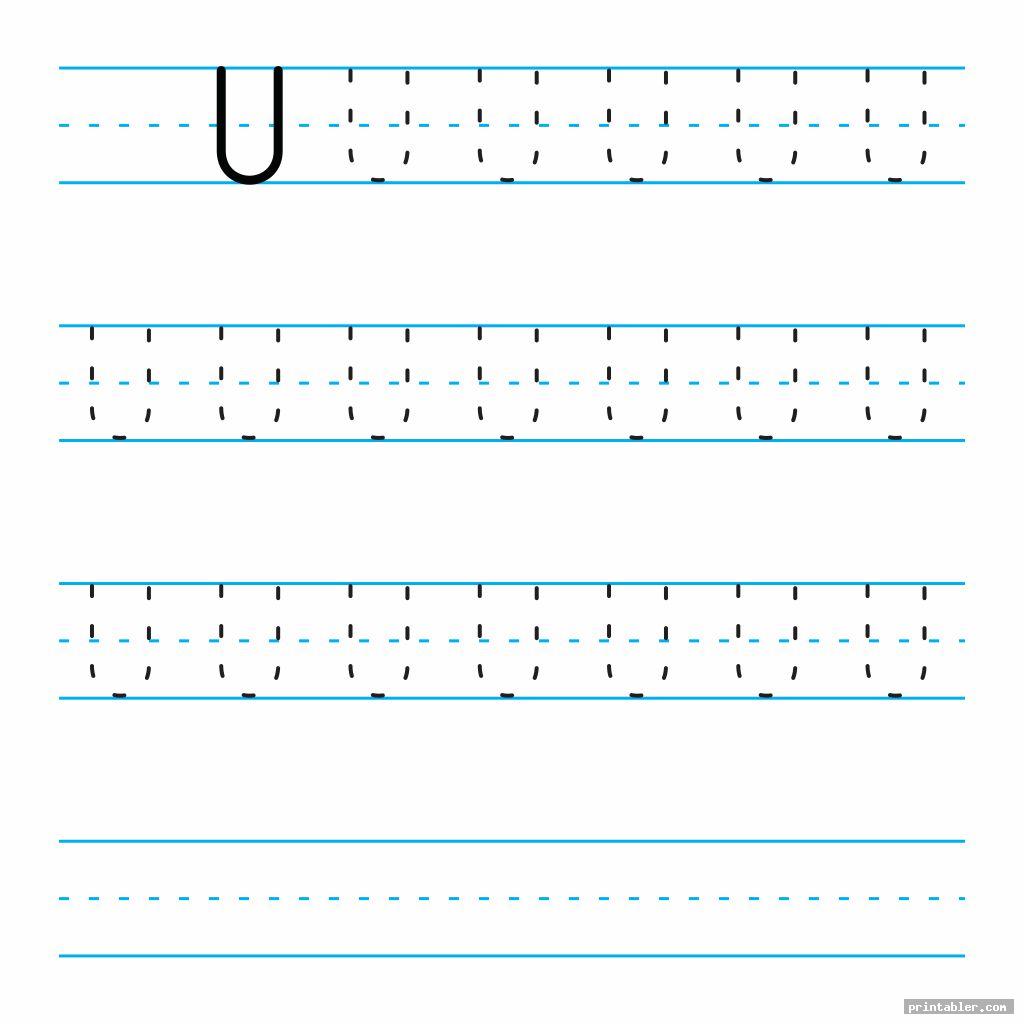

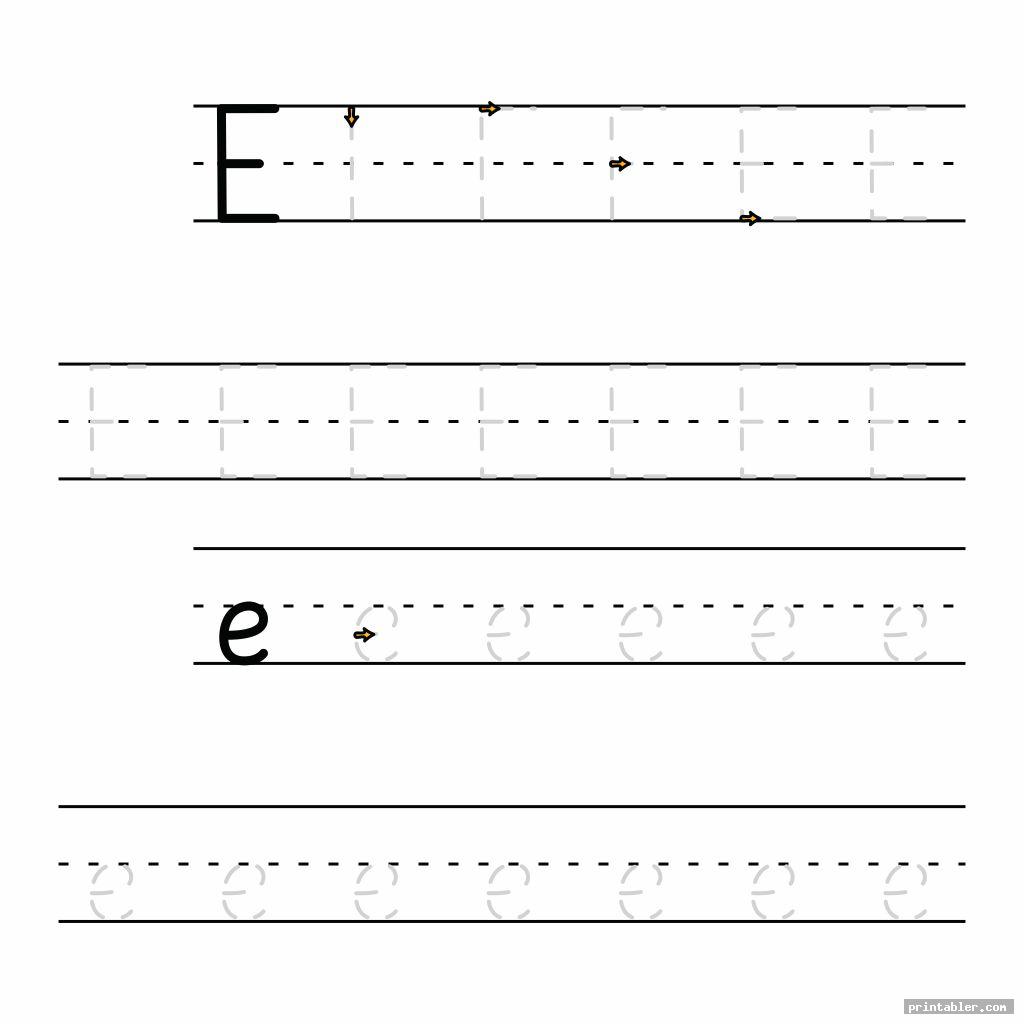
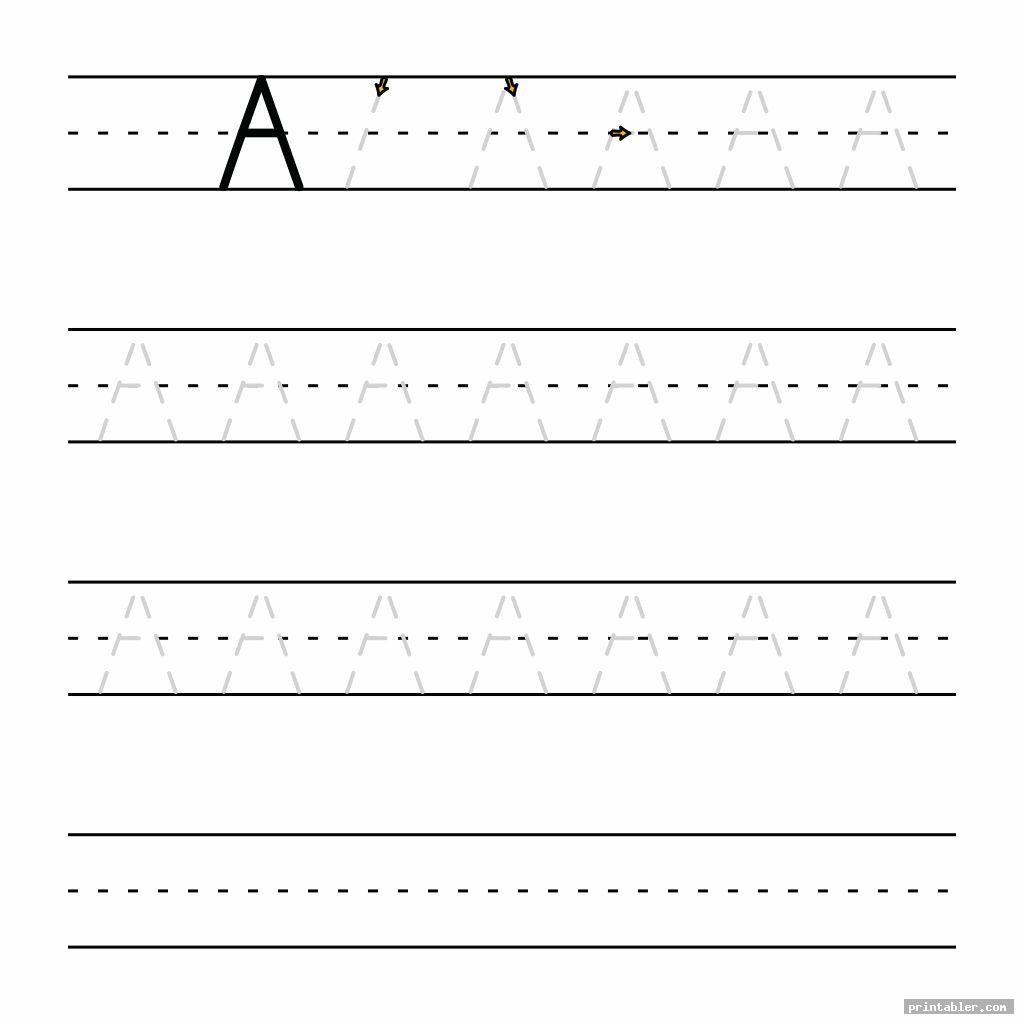
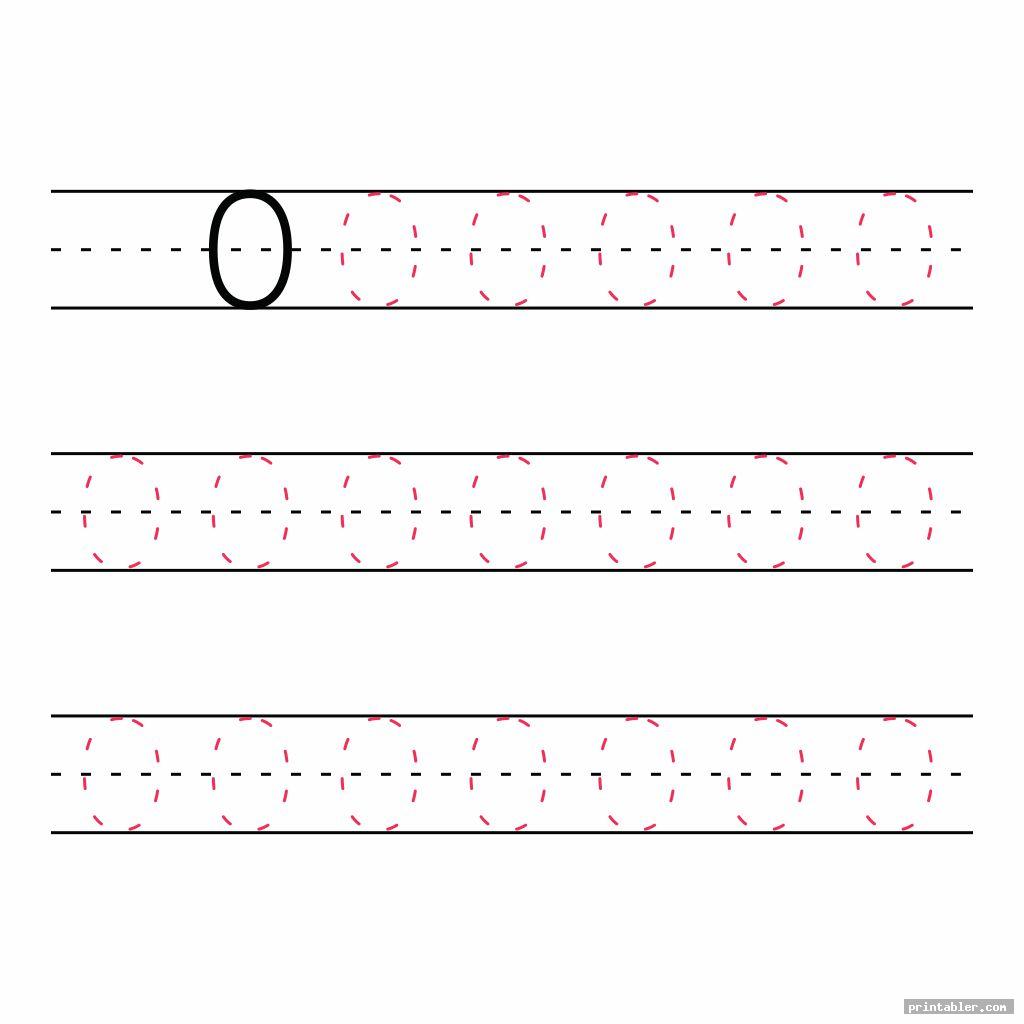
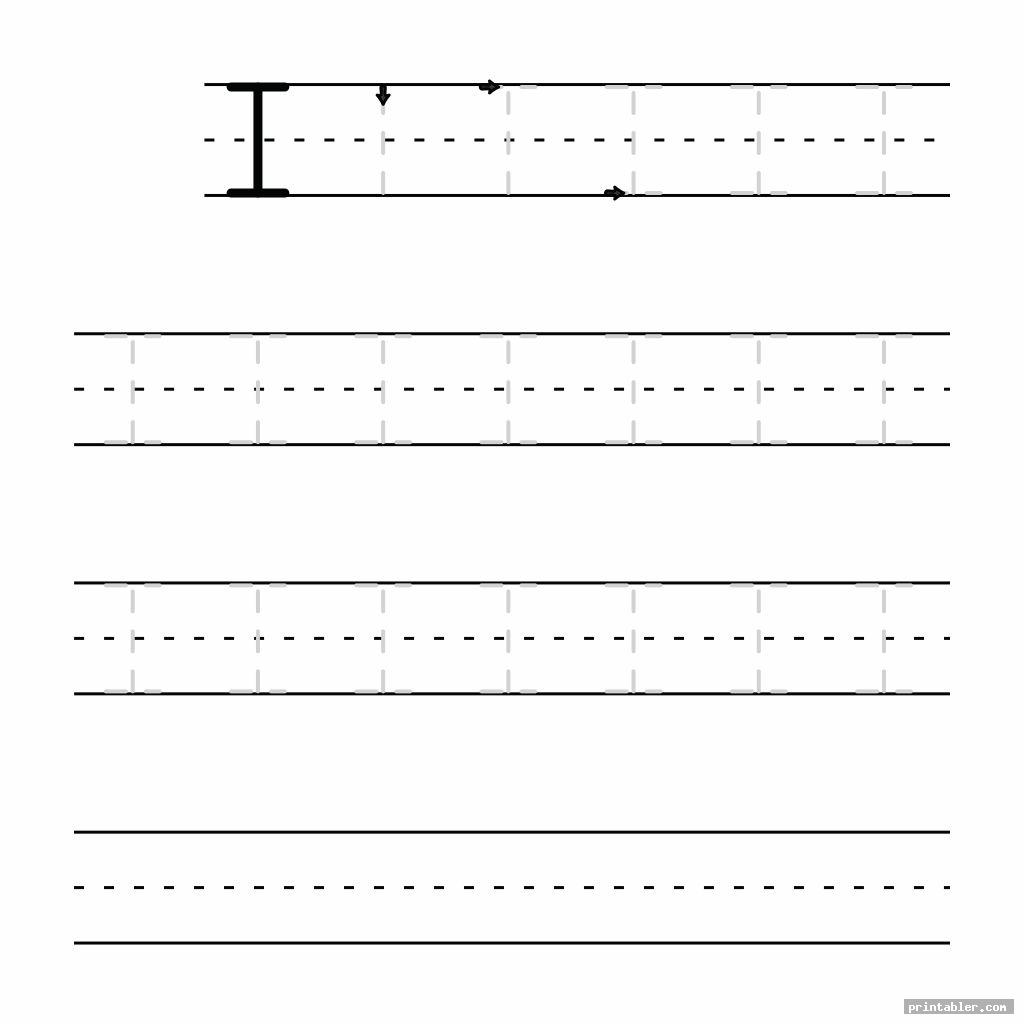
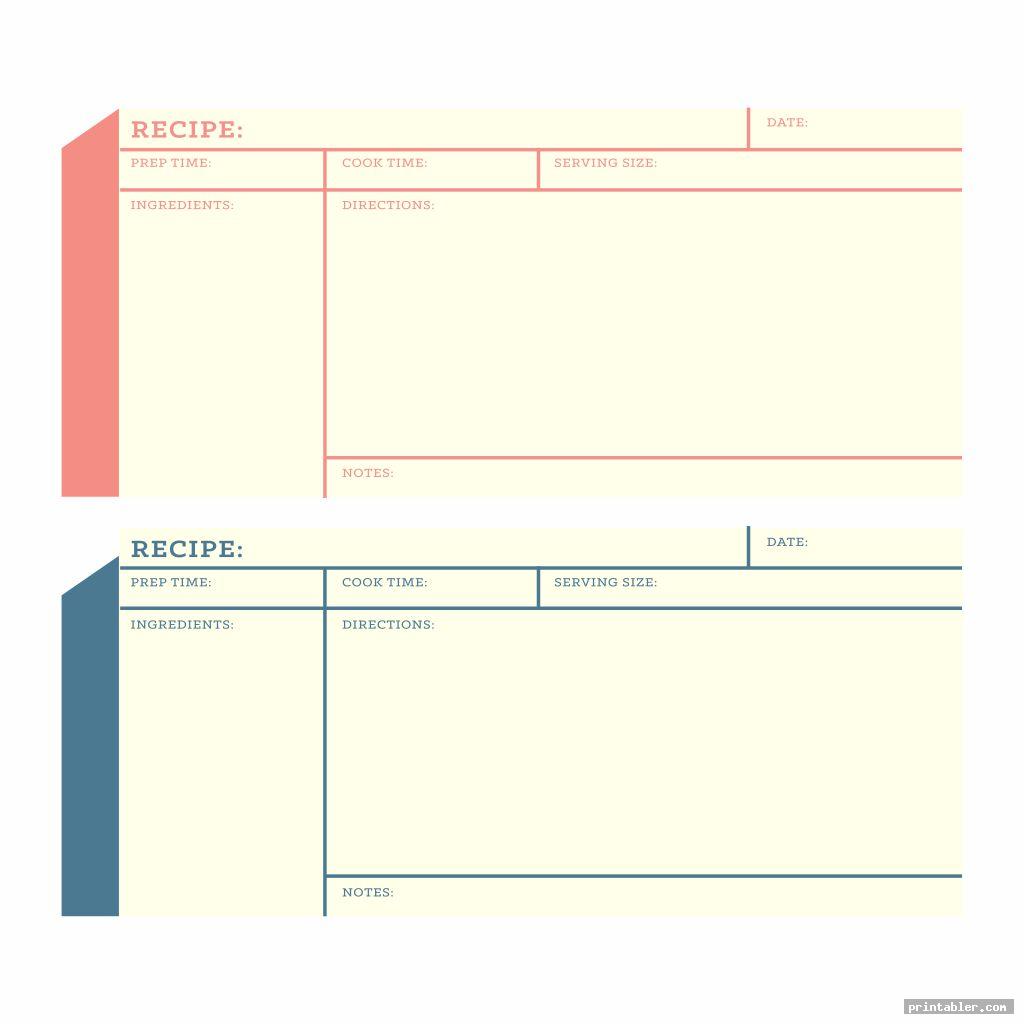
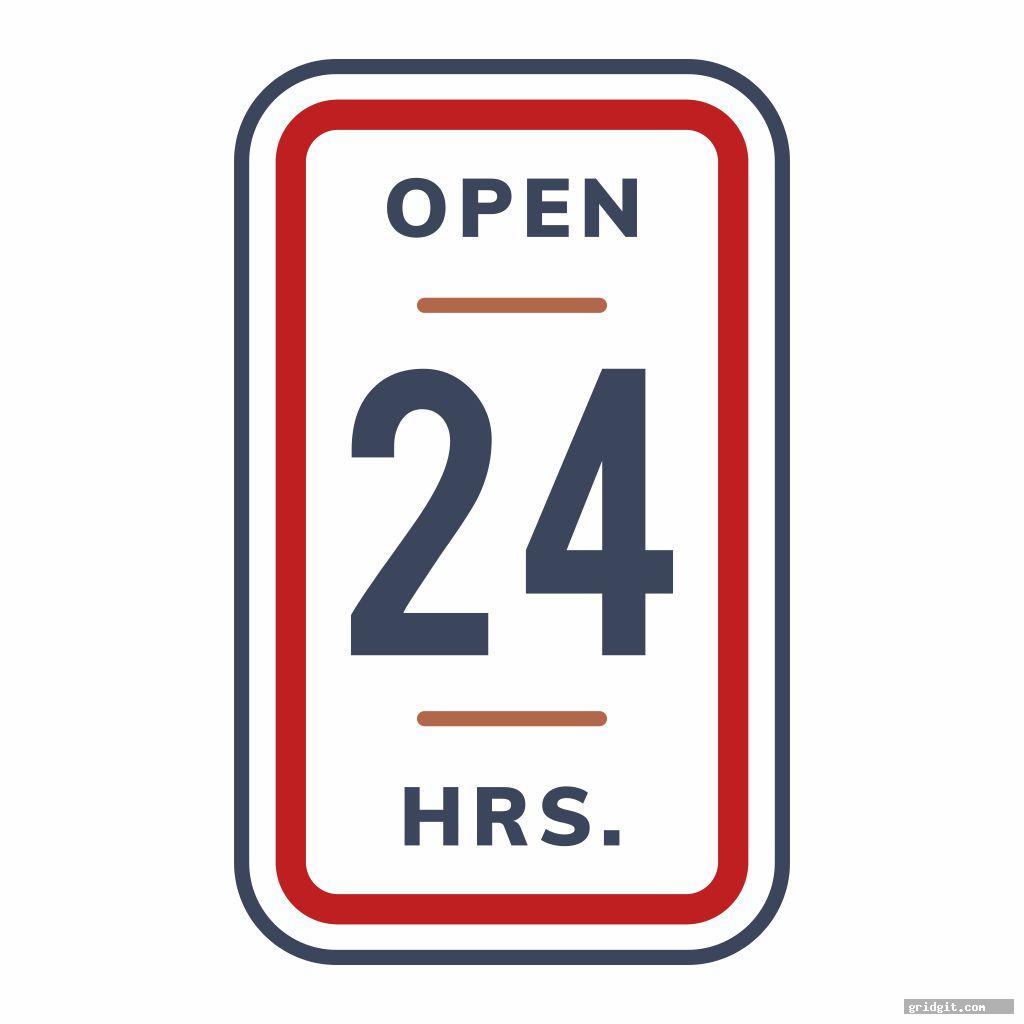 Hours Sign Template Printable
Hours Sign Template Printable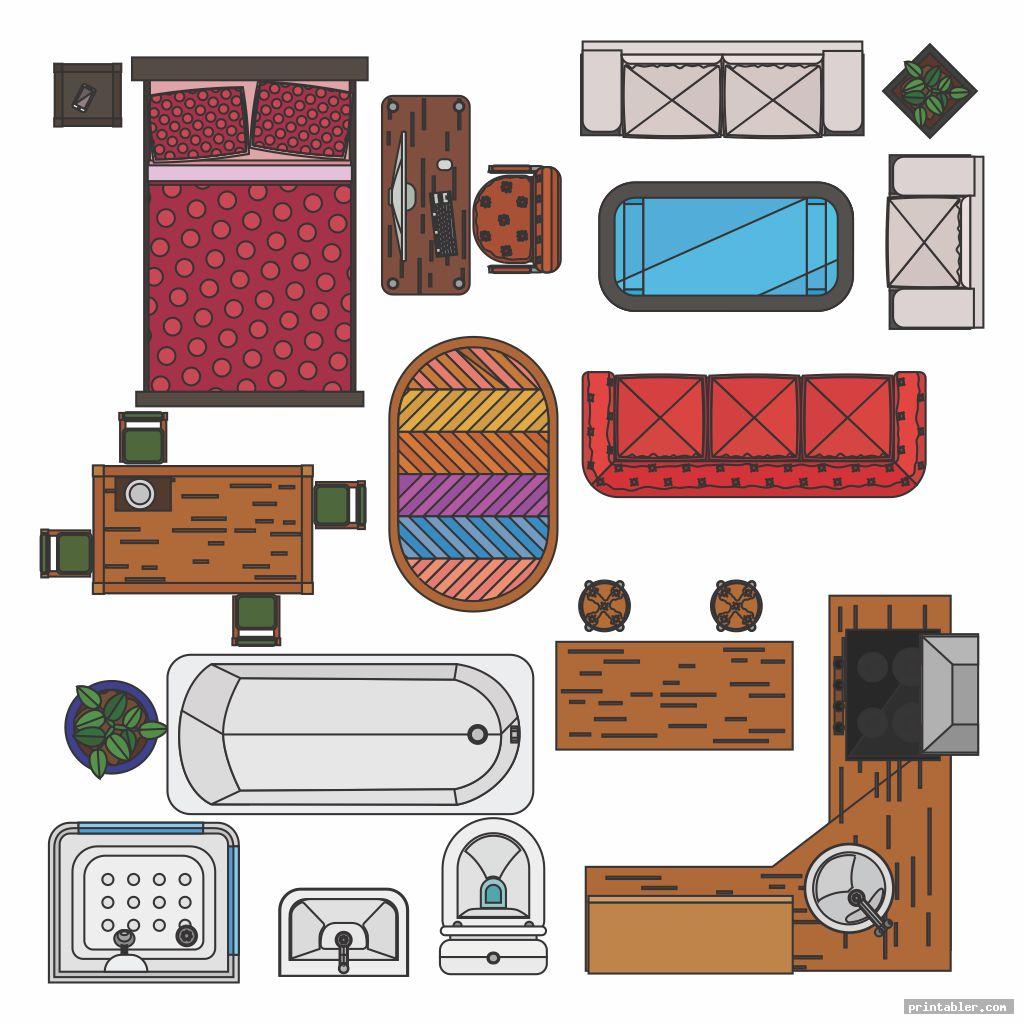 Furniture Templates Printable
Furniture Templates Printable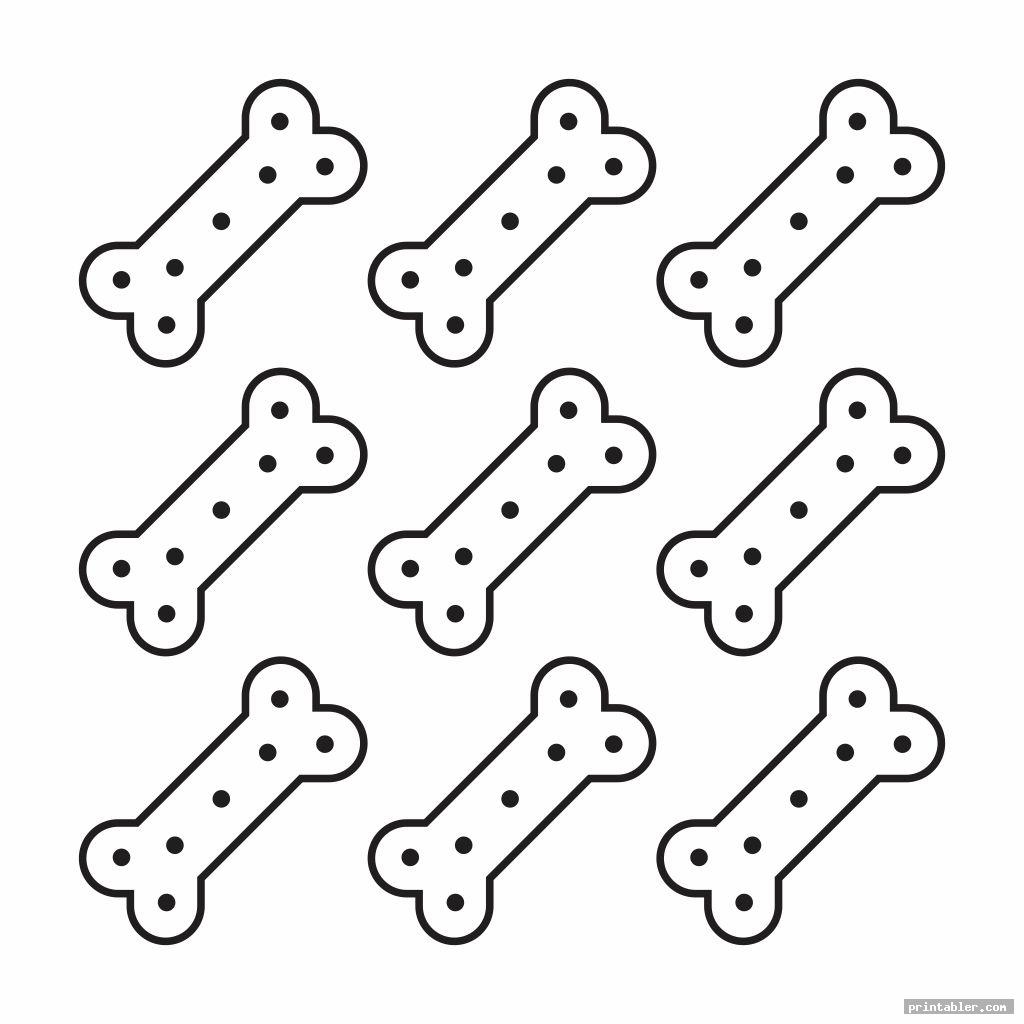 Dog Bone Template Printable
Dog Bone Template Printable